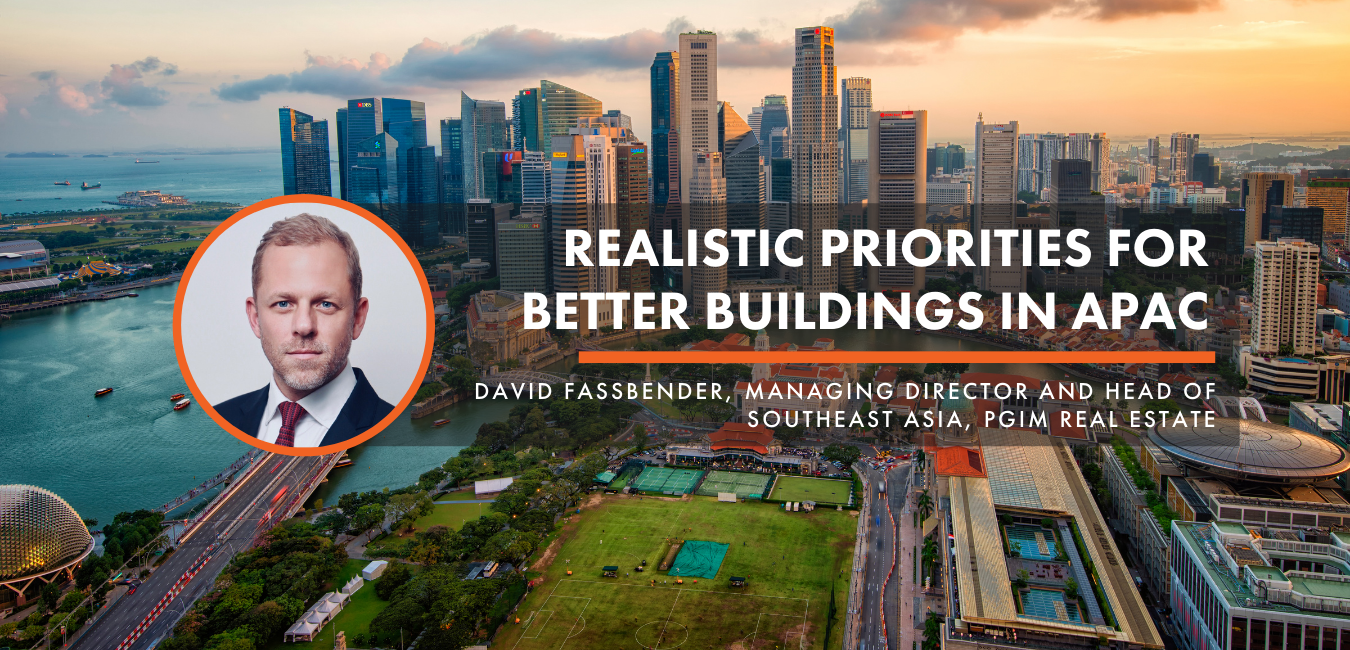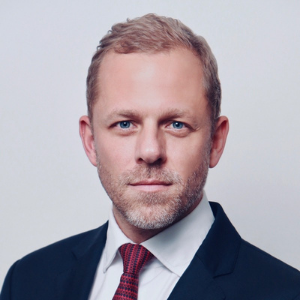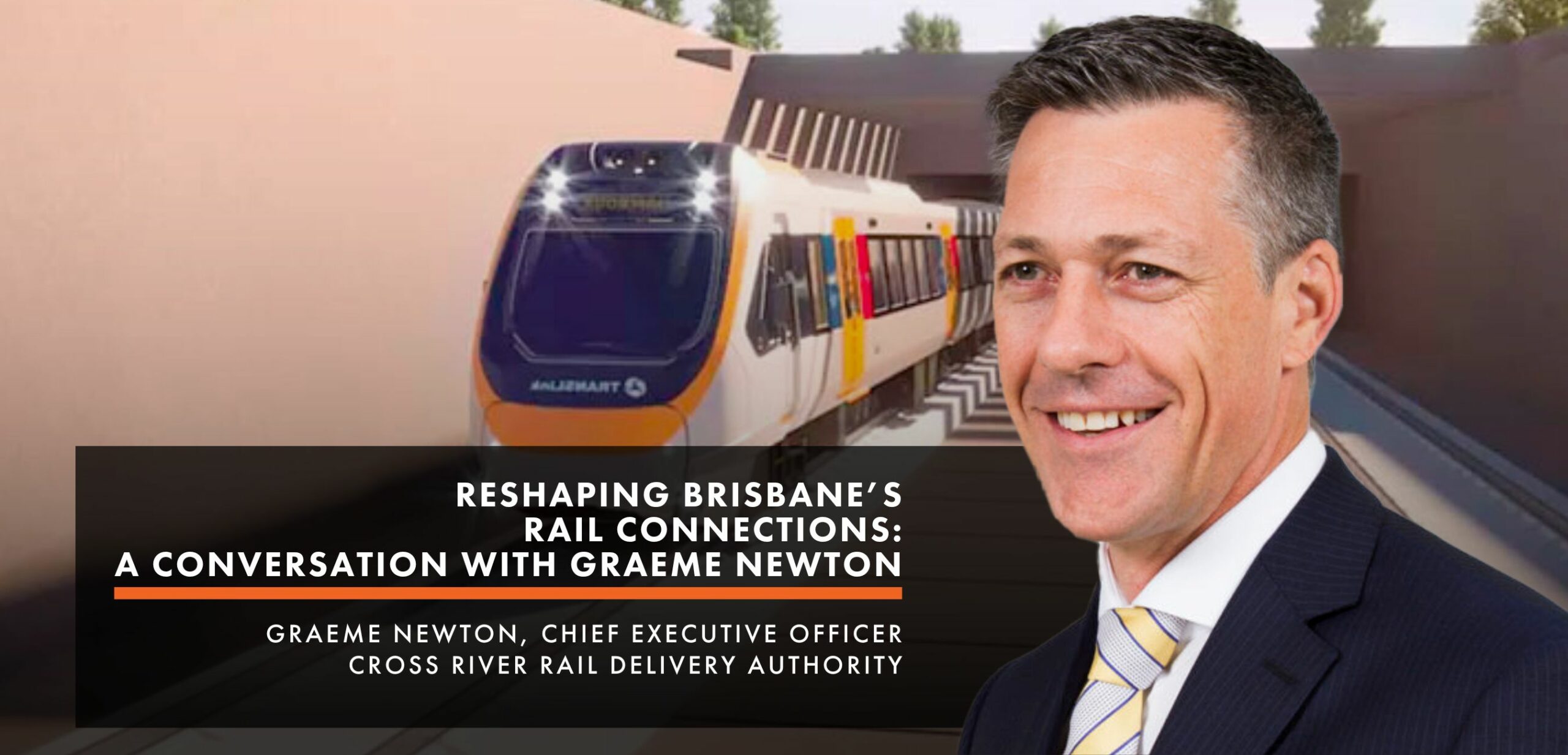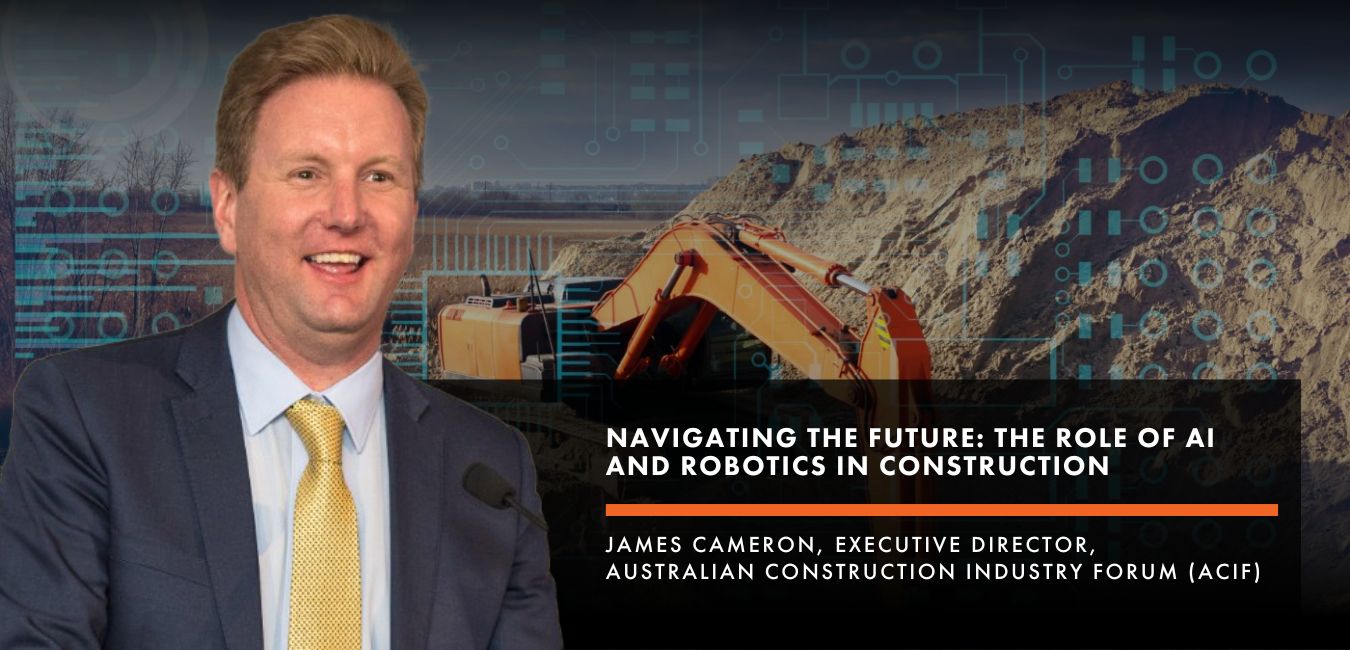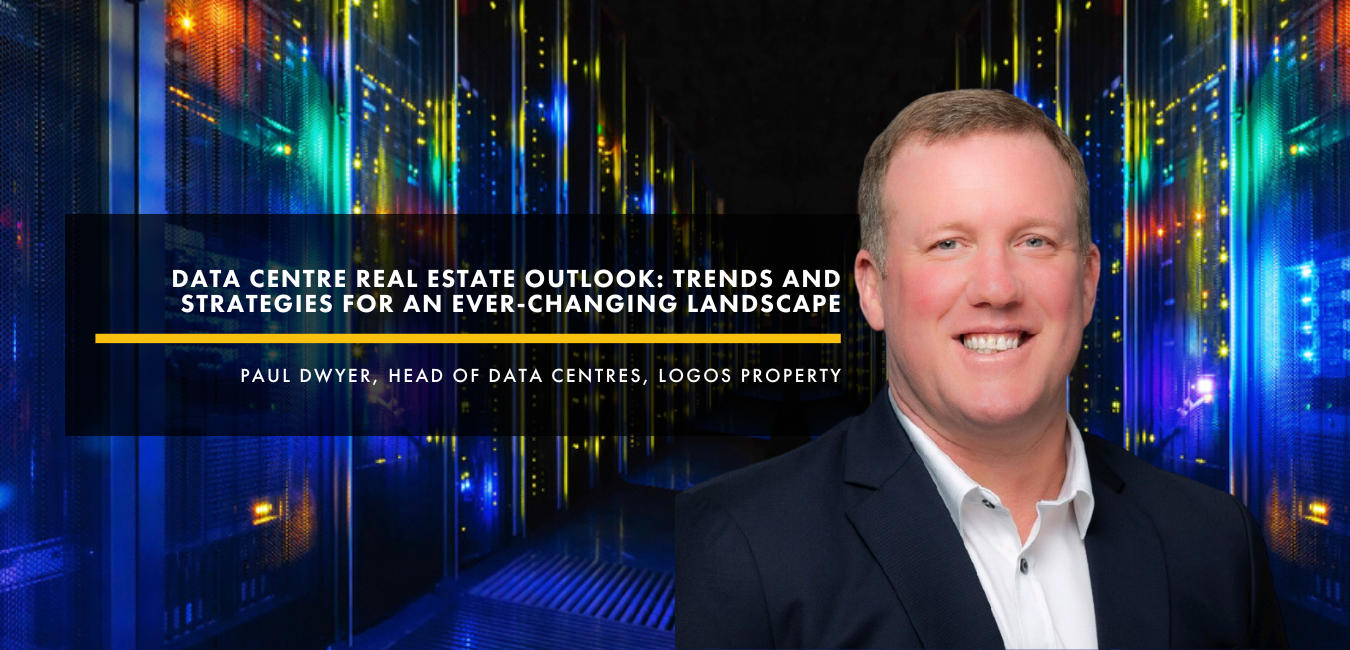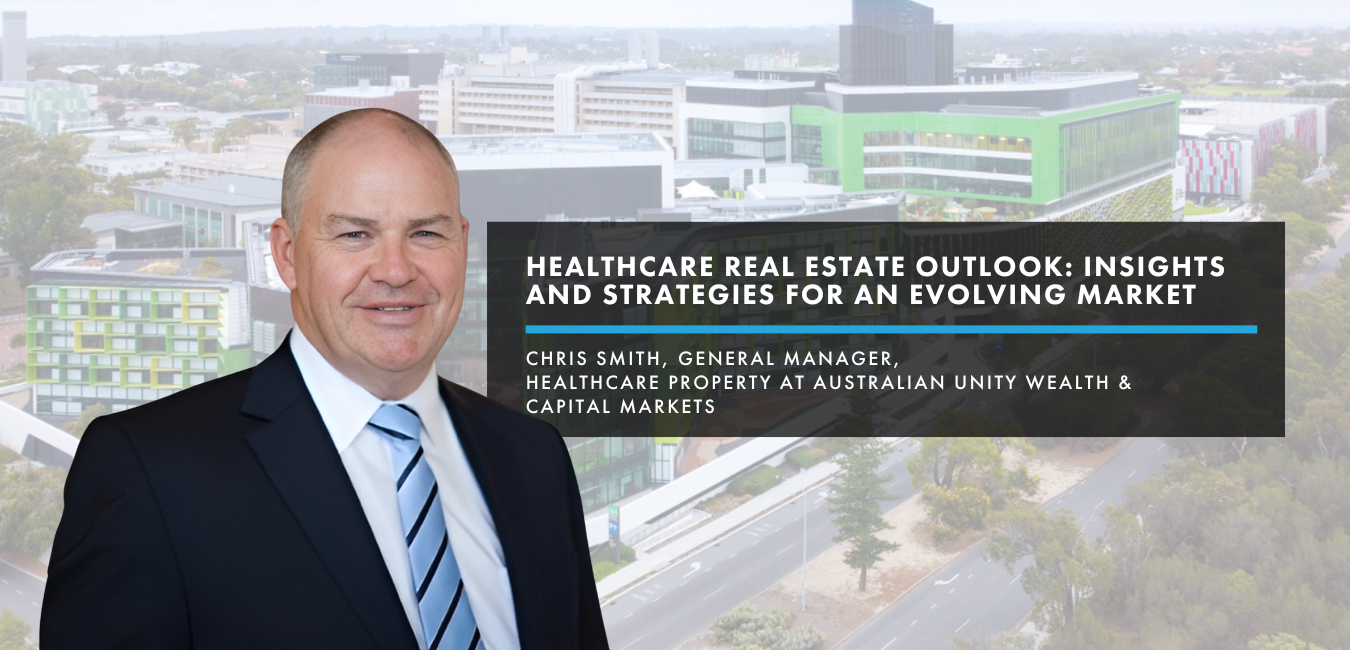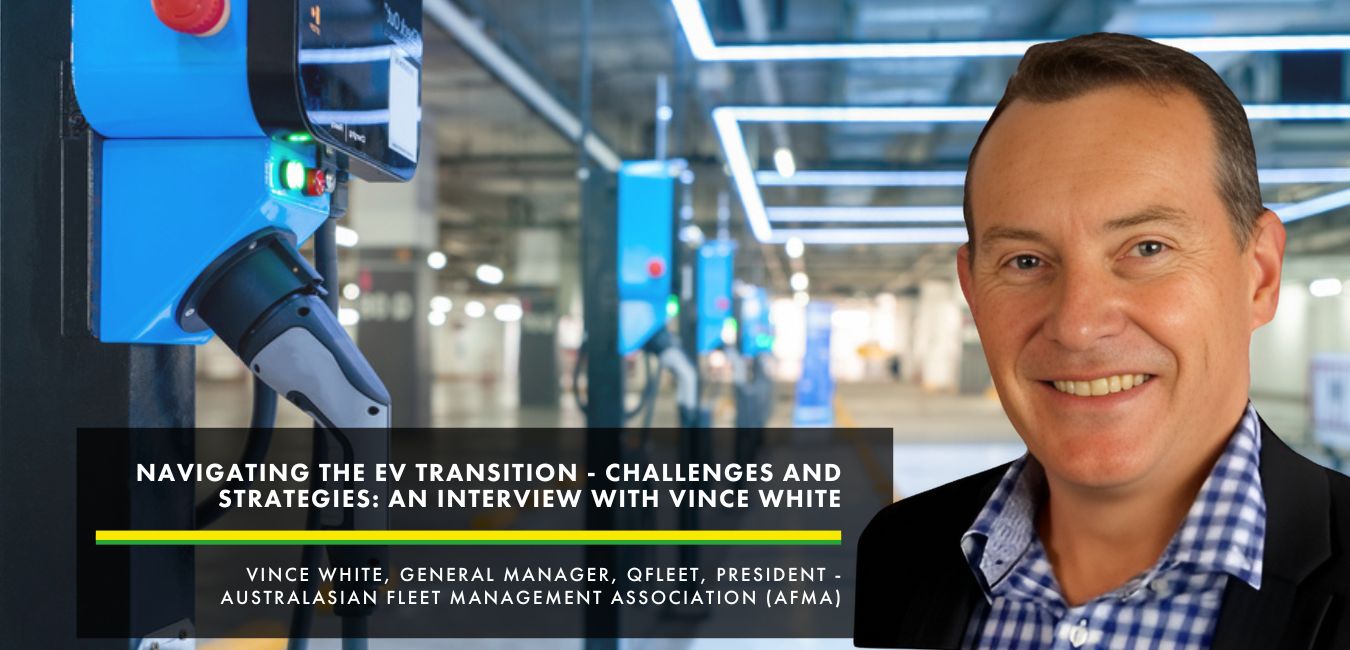Realistic priorities for better buildings in APAC.
David Fassbender is a Managing Director and the Head of Southeast Asia at PGIM Real Estate, and a speaker in our upcoming Future of Office Space Summit. We spoke to him about his priorities in the space, how PGIM Real Estate is focused, on what’s next for the region, and how to take it one step at a time. Here’s our conversation:
FuturePlace: Hi, David. Can you tell me about your role at PGIM Real Estate?
David Fassbender: I have a dual role at PGIM Real Estate. I head our Southeast Asia business, managing our transaction and asset management teams that also support our smaller offices in APAC, like Hong Kong and Korea.
I’m also the senior portfolio manager of PGIM Real Estate’s Asia Pacific value-add fund series. We invest across all of APAC and across the risk-return spectrum, largely focusing on investments where we can add value through active asset management. We’ve been investing in the region successfully since the early 2000s and are currently investing the fourth fund in the series with anticipated future launches.
I am also involved in our PropTech initiatives where we’re partnering with venture capital firms to gain deep insights and connections with regional real estate technology and innovation. These partnerships enable us to quickly identify and adopt the latest products in an incredibly crowded and fragmented space, for the benefit of our investors. We have been piloting a number of technologies over the last two years and for some selected technologies have initiated wider adoption across the region. I am also a member of our Blockchain/ Tokenization working group that is looking at use cases for blockchain technology across our business, with several pilots in the works for 2022.
FP: Are these pilots going to be in the APAC region?
DF: We are looking at innovation on a global basis. This could mean pilots in the region, as well as in Europe and the U.S. Anything we would look at would have global implications for the application going forward. Having said that, we recognize that some tech solutions are not easily transferable across regions and are open to deploying region specific or even country specific solutions.
FP: Do you concentrate on a specific niche in commercial real estate?
DF: We’re one of largest real estate managers in the world with $201billion in gross assets under management and administration – providing investors and borrowers access to a range of real estate equity, real estate debt, agriculture and impact solutions across the risk-return spectrum. PGIM Real Estate is a business of PGIM, the $1.5 trillion global asset management business of Prudential Financial, Inc. (NYSE: PRU).On the real estate side, we invest and provide financing across all major property sectors as well as several alternative sectors, such as self-storage, senior housing and data centers. Our teams regularly get involved in development and repositioning projects, for example we are currently excited to be working on development plans for our first net zero building.
FP: What type of refurbishment?
DF: As a firm, we’ve committed to achieving net zero by 2050 and consider all environmental impacts of development plans as part of our investment process. Our preference is to maintain an asset’s core infrastructure, where possible, and invest in new technology to improve its efficiency. Therefore, where possible, we prefer to refurbish and reposition as opposed to redevelop. Especially in the office sector we see a lot of opportunity in this regard. Often, an older B grade building can be upgraded to an A/ A- grade building through a comprehensive refurbishment program and clever use of tech solutions. Compared to a full re-development this can be the more environmentally sustainable approach. Overall, there is a need for a lot of investment across the real estate industry to upgrade existing buildings where possible and re-develop where necessary to meet net zero targets. While this is a daunting task, it also offers a wide range of opportunities for us and our investors.
FP: How has your focus on technology changed in recent years and what technology do you use to increase the sustainability of a building
DF: In recent years, we have hired new talent focused on our innovation efforts and we’ve made strategic investments with venture capital firms in the PropTech space. On the venture capital front, we invested with MetaProp in the United States, Fifth Wall in Europe, and in Taronga Ventures in Australia.
Property-level technology may address sustainability efforts, such as LED sensor lighting, smart air and mechanical systems, and energy saving building facades. We also consider rooftop solar panels, EV charging stations as well as rainwater harvesting and water saving devices.
However, we also use technology to assess and manage an asset. For example, we may use drones to perform external façade assessments and use things like 360 hat cam’s for virtual internal assessments and for virtual tenant viewing, which saves on travel time and emissions.
FP: What areas do you focus on in terms of tech?
DF: Our primary focus, especially at the property level, is on technology that can help us achieve our ESG targets and improve overall tenant experience. On the investment side, we are also focused on harnessing our data, proprietary market insights and research, together with innovative technology to help drive allocation and investment decisions.
FP: What’s an important end goal for these?
DF: When you look at technology that can support our ESG efforts, it’s of course about a reduction in energy, water and waste but even on the social and governance aspects of ESG, technology can play an important role. Whether that’s through technology that reduces workplace accidents or technology that allows for remote monitoring of development projects or tracing of construction materials.
An important end-goal for all technology is improved experiences. Whether it’s for improving the tenant experience in an office building or the customer experience in a shopping mall. So we’re trying to figure out where we can make the greatest impact and sometimes the simple things like easy access to a building, intuitive wayfinding, touch-less elevator usage, and improved air quality are the most important.
FP: Do you have any tech partnership around these initiatives?
DF: A good example comes from our partnership with Taronga Ventures who introduced us to a company called Trendspek. They use drones to take thousands of high-definition stills to stitch together a highly accurate and high-quality representation of a building, allowing facade or roof checking either as part of a normal maintenance schedule or new acquisition. I think it’s a great example of how you can address operational efficiency but also social aspects by reducing the risk of workplace accidents.
FP: Are you involved in digital twins?
DF: The idea of having all the historical data of your building(s), in combination with comprehensive data captured in real time, available through dashboards is obviously very intriguing as it provides the necessary transparency and insight to allow for a more efficient operation of a property – and also has the potential to significantly improve the tenant experience. I can certainly see things moving in this direction, especially for large scale and newly build assets. However, in reality, detailed historical data is rarely available in a structured way and the costs involved in retrofitting existing buildings with the necessary sensors is often prohibitive, especially for smaller and mid-size buildings. There is also a question as to whether all the data is of equal importance. So, this transformation will take time.
As mentioned, one of our key areas of focus is energy reduction, so we are prioritizing technologies that can help us achieve this goal. In terms of historical data, as mentioned earlier, we have allocated significant resources to connect PGIM Real Estate’s 50+ years of data, proprietary market insights and research, with new technological innovations — such as artificial intelligence and predictive technologies — to help drive allocation and investment decisions.
2nd annual Future of Office Space Summit
David will be speaking at the Future of Office Space Summit is taking place on 23 March 2022. Back for its 2nd year, the Future of Office Space Summit is an exclusive event consisting of top-level content and thought leadership discussions exploring the office market. It’s where owners, managers, brokers, investors and solution providers can come together to access the most up to date and credible knowledge delivered by local and international experts. If you really want to know what the future holds for the office market, this is where you’ll get it.

